Mathematical Topics: Modular Arithmetic
Relevance: Ancient East Africa
Suggested Age: 9th

Lesson Summary:
This lesson explores modular arithmetic and how to apply it to the game of mancala. Not only does it explore mods but encourages students to think about problem solving, strategizing and thinking ahead which can be discussed in all contents. Additionally the lesson explores the spiritual connections Mancala has to Ancient East African traditions.
Remember that the lesson guides are just suggestions. Feel free to create your own options, use some of our suggested ones or even use it all. Most importantly consider your student population, involve them in the research and expand the lessons to fit your needs.
Our Lesson Plan
Our lessons are made to be printed or downloaded. Please do so through the link below.
Our Presentation
Our presentations are made to be printed or downloaded. Please do so through the link below.
Student Handouts
Our student handouts are made to follow the progression of the teacher guide. Download and edit to fit your students needs.
Hook: (30-35 minutes, slides 2-6)
The hook allows students to begin thinking about how mathematics can be related to board games (slide 3). Students will think about any games they have played and how mathematics is used in those games. It is encouraged for students to talk in small groups first and then share with the whole group.
The lesson then shifts to having students play mancala (slides 4-6). If students do not know how to play they can watch the youtube video on slide 6. There are two options for play
Option 1: Students play with a physical mancala game. If you do not have an actual game you can use an egg carton and skittles as pieces.
Option 2: Students can play mancala through an online website (slide 5).
Mathematical Exploration: (15-30 minutes; slides 7-23):
Students will engage in the notice and wonder protocol where students will write their own things they notice and wonder about modular arithmetic (slide 8). It is important to reinforce that there is no wrong answer – any idea they have is valuable. Ideally students are given a few minutes of independent thought time to gather their thoughts. In small groups 1 student shares 1 idea, then they go in a circle each sharing 1 idea. Students then keep sharing ideas until everything they notice and wonder has been expressed. It is important to share with students that they should share ideas even if they are repeated so they see what information consistently stands out. Ideally students will begin to think about transformations. When synthesizing with the class, highlight any student ideas about remainders and how they relate to mods.
Often students can still have questions about modules after the notice and wonder. If this happens, use slides 9-11 to explain modular arithmetic through clocks and military time. Give students the time in small groups to discuss how mods can relate from converting between military time and regular time which can be found on slide 9. Students will hopefully come to the conclusion that time functions in mod12. It will be helpful to give students an example on slide 10 to actually convert time. Have students consider 14 o’clock and relating to regular time, 2 o’clock. Thus, 14mod12=2. If necessary, slide 11 provides a video that explains modular arithmetic through telling time.
If you feel students still need some practice with mods to ensure they have conceptualized the concept, have students complete slides 12-13. Slide 12 provided straightforward mod problems which could be solved individually or in partners depending on your student population. If necessary they can be reviewed as a whole class. Slide 13 provides more challenging problems with having to work backwards to think about mods. These problems could have multiple solutions. If students have multiple solutions these can be reviewed as a whole class to increase depth of understanding and discussion.
If you want to allow students to think about mods in context they can complete slides 14-19. We suggest solving the problems using the spread the knowledge protocol. Each group is provided a different problem to solve. Once students have been given enough time to solve that one problem they are paired up with someone from a different group. They then explain their problem and solution to their partner. If they finish early they can complete additional problems. A handout is created and linked on slide 14.
Students will then consider how mods and problem solving relate to mancala on slides 20-23. It is recommended to give students time to think and problem solve about how mods can improve where their final marble is placed. If students are struggling, slide 22 gives a description of exactly how mods related to mancala. Allow time for students to play another round or two of mancala while thinking about mods. If you want to discuss the importance of problem solving, give students time to discuss how problem solving can be related to game play.
Relevance Explored: (24-35 minutes; slides 24-34)
This part of the lesson transitions to students considering the history of mancala and how it relates to spirituality in Ancient East Africa. To set the context either share slides 25-27 with students or have them read the article linked here. Students will then complete a jigsaw style share out of the spiritual connections to mancala. The excerpts can be found on slides 28-33. Assign each group a different excerpt and then have students share in a jigsaw small group or have one representative share in a whole class discussion.
As a whole class then read slide 34 if you want to explore the modern day connections to mancala in Western society and the Trans Atlantic Slave Trade.
Student Discussion: (10-20 minutes; slides 35-36)
The discussion questions intend to give students the space to process and discuss the connections between mods, problem solving and mancala. The questions provided are just suggested questions and should be edited and developed to meet the needs, identities and personalities of your students. They can be considered in partners, small groups or whole class discussions based on your student population.
Extension Activities: (slides 37-41)
The extension activities are just opportunities for you and your students to explore options beyond what we have provided. The possible extensions are not limited to what we have suggested. There are many other extensions that could be created based on research you and your students can conduct.
-
- Extension 1: (slide 38) Have students explore other civilizations that have their own versions of mancala. Do these communities have any spiritual connections to the game?
- Extension 2: (slide 39) Students will explore how mancala was shared via the Trans Atlantic Slave Trade.
- Extension 3: (slide 40) This extension links to an article about how game theory can be seen in mancala. It goes more into depth about problem solving and mathematical strategizing than what this lesson explored.
- Extension 4: (slide 41) An article is provided that challenges our current historical understanding of mancala.
More Lessons
Below you’ll find our resources which are filterable by their age group and mathematical topic.
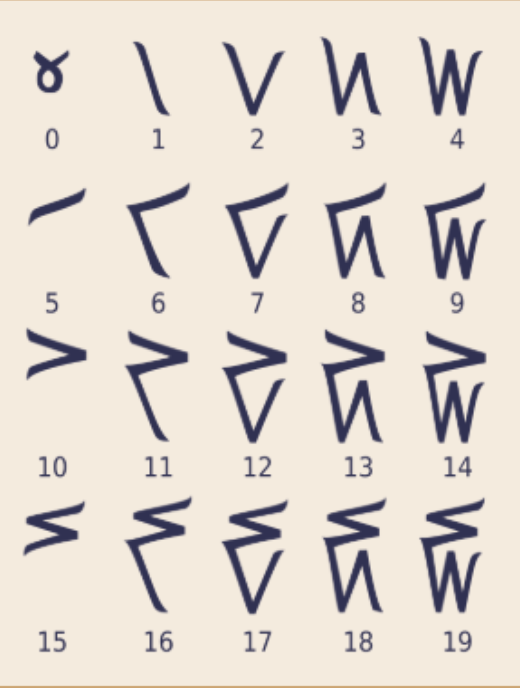
Kaktovik Numerals & Base 20

Tessellations in West African Hair Braiding

Density in Dominican Cakes compared to American Cakes
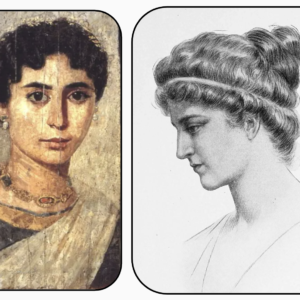
Hypatia of Alexandria & Conic Sections
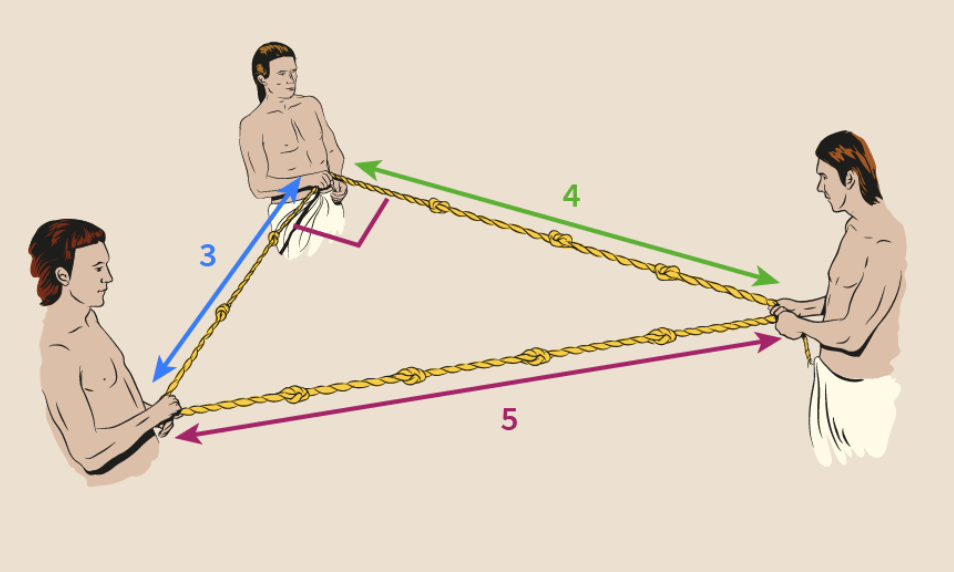
Ancient Egyptian Base 10 Number System & Doubling Method
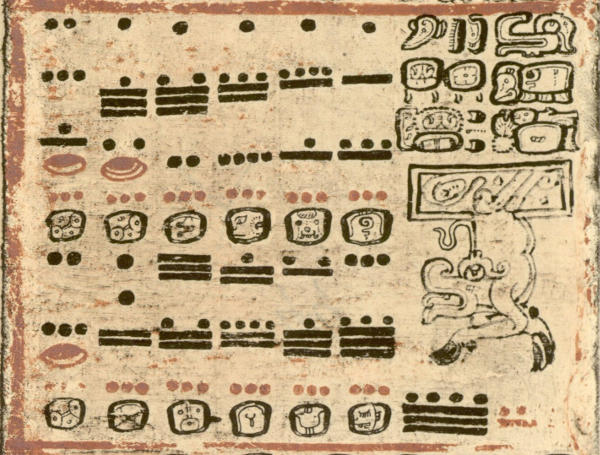
Maya Calendar & Base 20 Number System
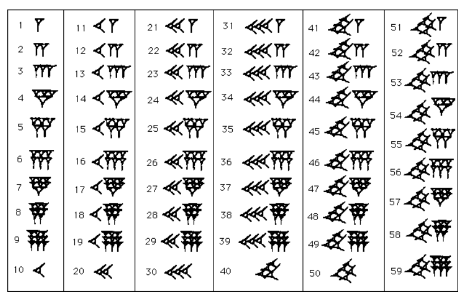
Ancient Babylon Base 60 Number System
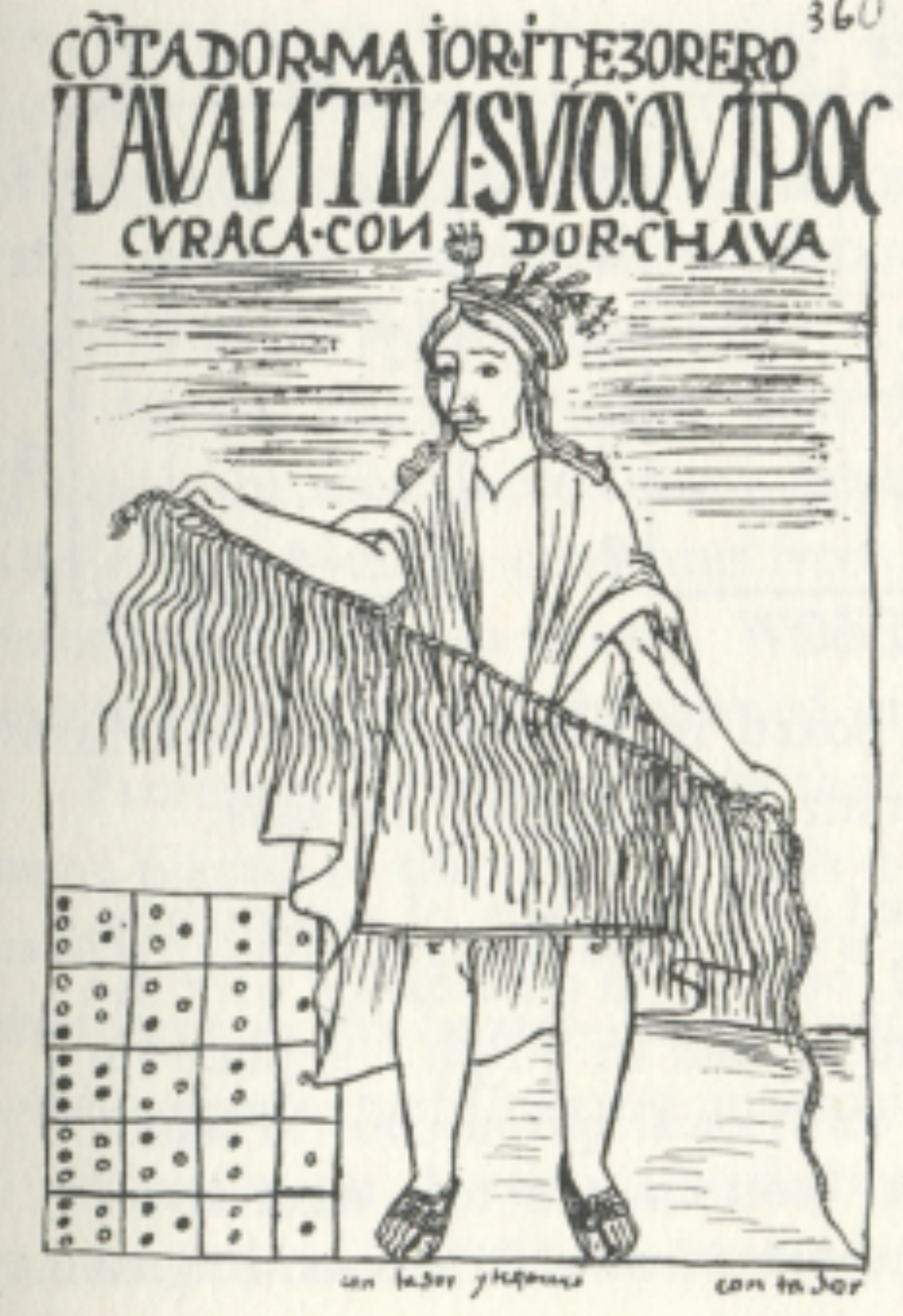
The Origins of Fibonacci’s Sequence
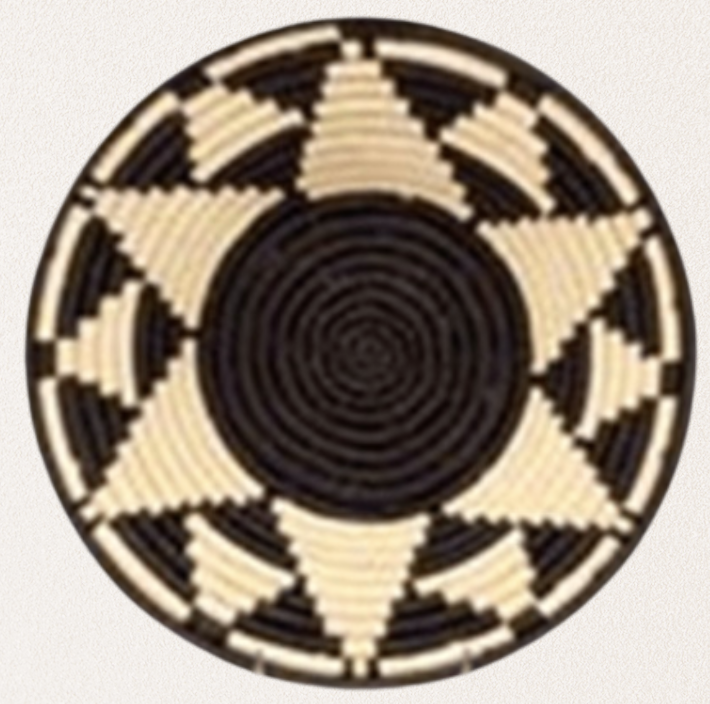
African Baskets & Regular Polygon Rotations

Ancient Mathematical Puzzles: Magic Squares and Hexagonal Tortoises
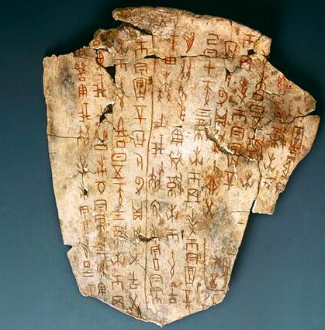
Oracle Bones & Counting Rods

